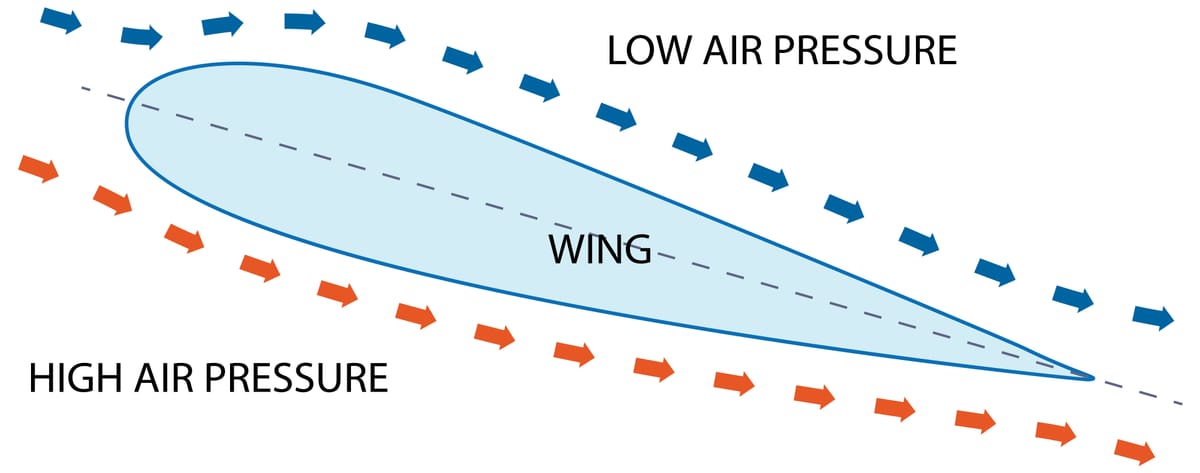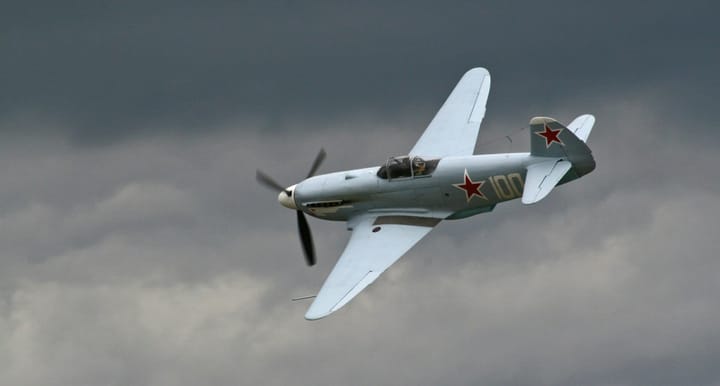Analyze how altitude, speed, and chord length affect airflow with real-time Reynolds number and skin friction coefficient calculations. Instantly classify flow type and visualize aerodynamic drag behavior using simplified boundary layer models.
This interactive tool estimates Reynolds number (Re) and skin friction coefficient (Cf) using altitude, velocity, and chord length inputs. It helps visualize how airflow characteristics change with conditions such as cruise altitude, surface geometry, and flight speed.
The results are projected based on ISA (International Standard Atmosphere) assumptions and simplified boundary layer models. These are not intended for real-world design, flight testing, or regulatory evaluation.
What Is Reynolds Number Used For?
Reynolds number is a non-dimensional indicator of flow behavior. It predicts whether airflow will remain laminar (smooth) or become turbulent (chaotic) over a surface.
Reynolds Number (Re):
Where:
- ρ – Air density (e.g., 1.225 kg/m³ at sea level)
- V – Speed over surface (e.g., 75 m/s or 145 knots)
- L – Characteristic length (e.g., 2.5 m wing chord)
- μ – Dynamic viscosity (e.g., 17.2 μPa·s)
Values below 5 × 10⁵ indicate laminar flow; higher values signify turbulent motion. Flow regime directly impacts drag, fuel efficiency, and surface performance.
What Is the Skin Friction Coefficient?
Skin friction coefficient (Cf) quantifies viscous drag over a surface. It varies with flow type:
Laminar Flow:
Turbulent Flow:
Lower Cf values represent smoother flow and reduced surface drag. This is critical in preliminary aerodynamic evaluations, especially when comparing wing sections, fuselage geometries, or UAV surfaces.
Input Parameters and Examples
- Altitude
Affects both air density and viscosity. For example, 38,000 ft corresponds to high-altitude cruise where lower density reduces Re. - Speed
Directly influences Re. Input units include m/s, knots, or mph. Example: 220 knots ≈ 113 m/s. - Chord Length
Represents the surface length exposed to flow. Example: A light drone might have a 0.6 m chord; a jet wing might exceed 3.5 m.
Each input dynamically updates the results and changes the plotted location on the Re–Cf curve.
How to Use the Calculator
- Select altitude in feet or meters.
- Input flow speed in your preferred unit.
- Enter the chord length in meters or feet.
- View instant calculations of Re, Cf, and flow classification.
- Interpret the plotted Cf value against theoretical flow regimes.




Comments ()